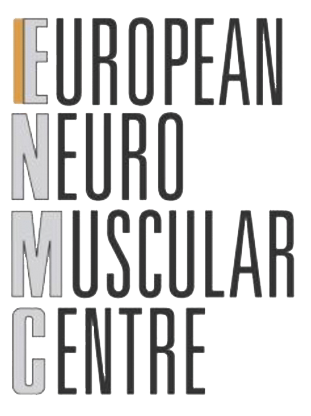#apaperaday: Unusually severe muscular dystrophy upon in-frame deletion of the dystrophin rod domain and lack of compensation by membrane-localized utrophin
In today’s #apaperaday, Prof. Aartsma-Rus reads and comments on the paper titled: Unusually severe muscular dystrophy upon in-frame deletion of the dystrophin rod domain and lack of compensation by membrane-localized utrophin
Today’s pick is from the journal Medicine by Gorokhova et al on a patient with a huge deletion in the dystrophin gene, no utrophin at the saracolemma of muscle fibers and a very severe phenotype. DOI: 10.1016/j.medj.2023.02.005.
Duchenne is caused by lack of dystrophin due to often out-of-frame deletions. Generally patients lose ambulation <12 years & die in 2nd-4th decade. Becker is caused by in-frame deletions allowing production of partially functional dystrophin. Onset is later and progression slower.
Here authors present a patient with an in-frame deletion of exon 10-60 which is probably the largest in-frame deletion ever reported. The patient presented with a very severe pathology. Hypotonia was noted before he was 1 year old. Motor milestones were delayed.
The patient presented also with Duchenne like symptoms, such as hypertrophic calf, frequent falls and weakness. A muscle biopsy showed variation in fiber size and necrosis, CK was elevated. Dystrophin was present at the fiber membrane for the C-terminal antibody.
Beta-dystroglycan & gamma sarcoglycan were also present. An antibody targeting the central rod domain did not show staining for this patient – as expected because this domain is deleted. Utrophin was expressed, but not located at the membrane as is the case in most Duchenne cases.
Sadly the patient had a very severe progression, losing ambulation by age of 7 and passing away at age 9 due to an intermittent respiratory infection and cardiac arrest. Authors discuss that the dystrophin produced is not functional because the complete rod domain is missing.
I agree with this statement. Authors also say that the reason the patient is so severely affected is because utrophin cannot bind to the associated complex and compensate for loss of dystrophin because the non-functional dystrophin is occupying the associated proteins.
They say this is comparable to the dystrophin-utrophin double knockout mouse. I do not agree with this because the patient DOES express utrophin and it is functioning in the neuromuscular junction and in regenerating cells. Authors also say this deletion teaches us about microdystrophin design. Indeed, this deletion shows that a microdystrophin lacking spectrin repeats is not functional. Note that the dystrophin this patient makes is smaller than the microdystrophins in trials
Authors indicate a limitation of study is there is a single patient and having another patient with a similar deletion & no utrophin binding would make a stronger case. I fully agree and am not yet convinced that the severe phenotype is due to lack of utrophin at fiber membrane. It is also possible that the patient has a secondary mutation in another gene (e.g. the patient had facial weakness and myotonia – not typical for early signs of Duchenne). Authors do not discuss whether they excluded this by genetic analysis.
So for now I am not convinced that the severe phenotype is due to utrophin being unable to bind the muscle fibers. I think a second mutation in another muscle disease gene is more likely. Disclaimer: I may be wrong about this.







